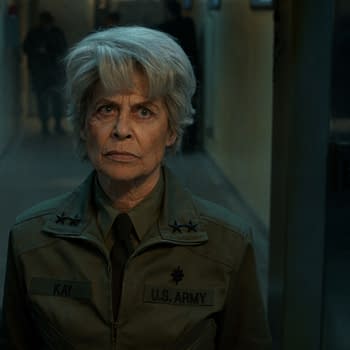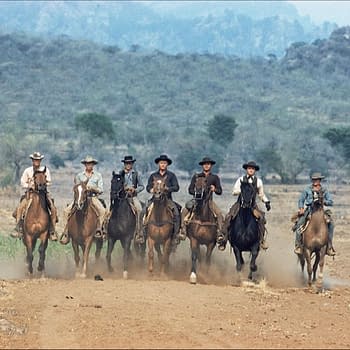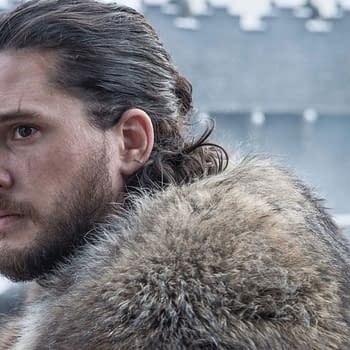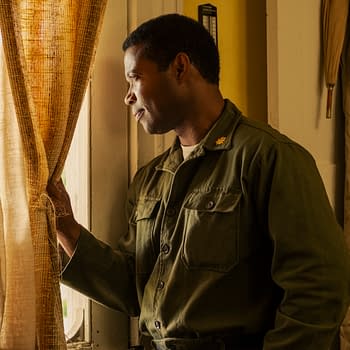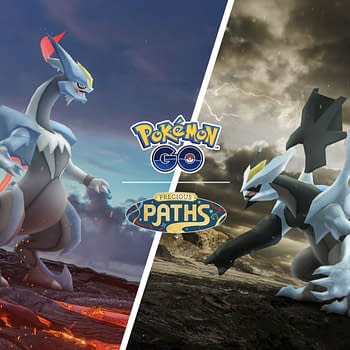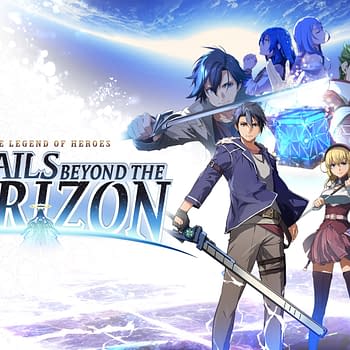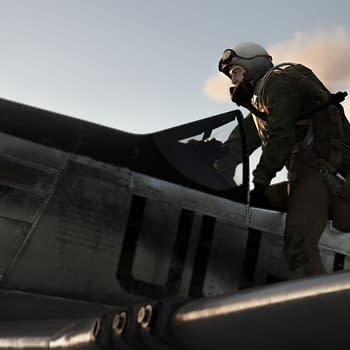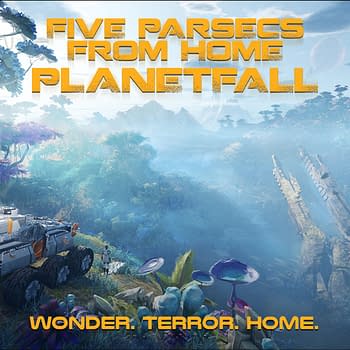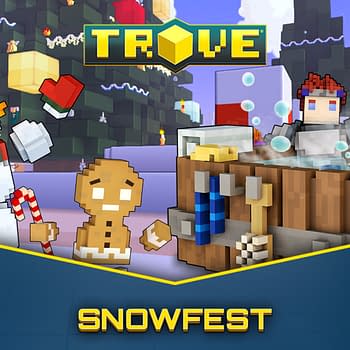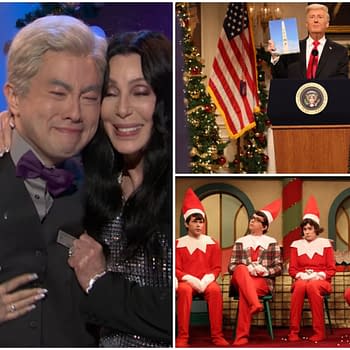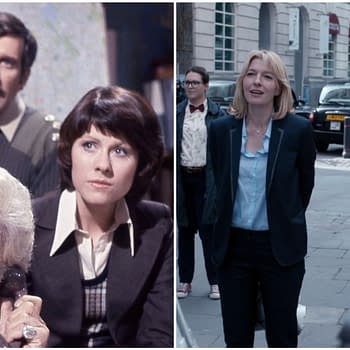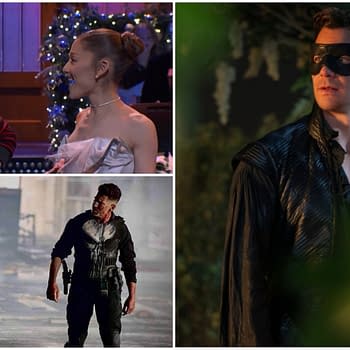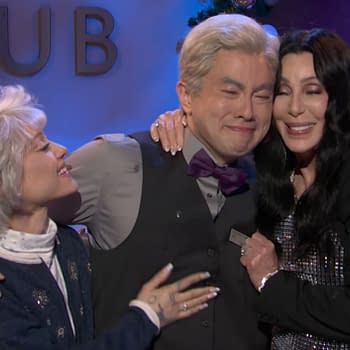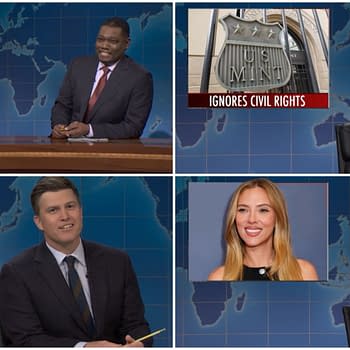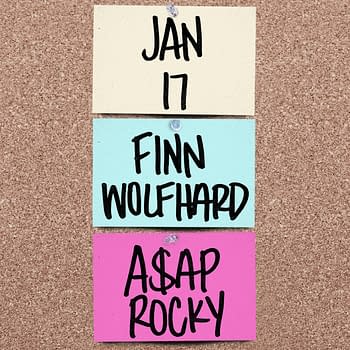Posted in: Games, Netflix, Splinter Cell, TV, Ubisoft, Video Game Publishers, Video Games | Tagged: splinter cell, splinter cell: deathwatch
Splinter Cell: Deathwatch Director on Developing Animated Series
Director Guillaume Dousse (Love, Death and Robots) on developing Netflix's Splinter Cell: Deathwatch, working with Derek Kolstad, and more.
Article Summary
- Director Guillaume Dousse reveals how he helped shape Splinter Cell: Deathwatch’s look and tone for Netflix.
- Collaboration with John Wick creator Derek Kolstad brought a fresh vision to Sam Fisher’s animated story.
- Dousse explains how his extensive animation experience informed the challenges of leading a full series.
- Co-director Félicien Colmet-Daage’s arrival streamlined production, allowing for a stronger narrative focus.
Since the release of Tom Clancy's Splinter Cell in 2002, the video game espionage thriller has spawned a slew of sequels for over a decade, focusing on the main character Sam Fisher. The franchise helped elevate Ubisoft into a major player in the industry, spawning seven sequels with its latest title in 2013's Splinter Cell: Blacklist. While none of the games or novel tie-ins were written by Clancy, it was endorsed by the author. While the games are currently in limbo with a remake of the first game underway, Netflix partnered with John Wick franchise scribe Derek Kolstad on an animated series adaptation called Splinter Cell: Deathwatch. Taking the reins is director Guillaume Dousse, who spoke to Bleeding Cool about developing the series, if his previous directing stints shaped his work on the Netflix series, working with co-director Félicien Colmet-Daage and Kolstad. Deathwatch follows an older Sam Fisher (voiced by Liev Schreiber), who uses his experience to help a young agent (voice of Kirby) thwart a global disaster.
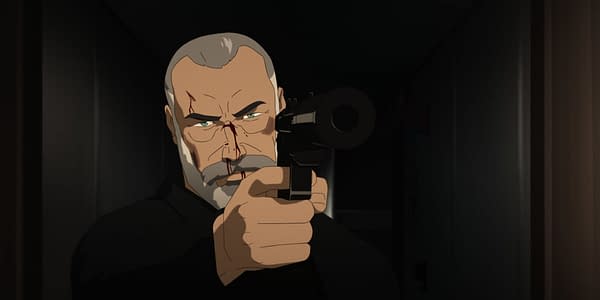
Splinter Cell: Deathwatch Director Guillame Dousse on Developing Espionage Animated Series
What intrigued you about Splinter Cell: Deathwatch, and how did you get involved?
I co-founded the 2D animation studio Sun Creature, and we had been discussing a project with Netflix for a while. They then introduced us to Ubisoft, which was about to develop the project, so it was very early on. I was the creative director of my studio, and when the project came on, I was the production designer on the project. Before there was even a script or director, I was here to essentially develop the aesthetic and the cinematography of the project.
Did your previous directing experiences, like in short Myosis (2013) and Beyond the Sea (2012), shape your approach to this show?
I wouldn't say so. They certainly shaped my career in general, but they were like in 2012 or 2013, so that was a while back. My career was mostly at the studio as creative director, and I was co-directing some of the branded content films we were doing. One of the most important elements was certainly the development of Flee (2022), which was a three-time Oscar-nominated feature film animated documentary that I worked on. But no, it has been a decade of experience working in animation in general.
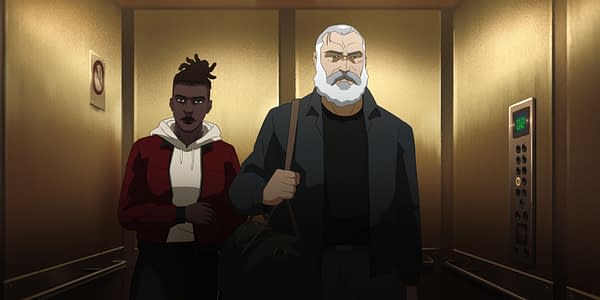
I see you also worked on Love, Death, and Robots. Was that in tune with shaping your current experience?
Yeah, I mean Love. Death, and Robots was definitely an experience. It's been a while as well, and it was a short film. In terms of the sheer scale of doing a series, like Splinter Cell, is very new to me, honestly. It has been the longest project I've been on. I've been working on it for five years. So no, there's nothing comparable. The closest would be the work I've been doing in commercials that were very packed and intense, right? But nothing compared to it.
What do you like about like you work with Félicien Colmet-Daage as co-director?
Félicien came on board a little later, around 2022, to co-direct. He took over all the fabrication of the series when we were in production, so doing all the animation, posing, and environment, so it was great. I've been working on the project already for two years, doing more of the overall storytelling, animatics, storyboard, and design as well. When Félicien came on board, it was a huge help because he helped me focus on the narrative while he was pushing forward all the animation. It was very collaborative at that moment when we worked together, and he brought about the project, and then I came back more actively at the end of the project in post-production as well. I was more of the encompassing director, so to speak, while Félicien was essentially focused on production.
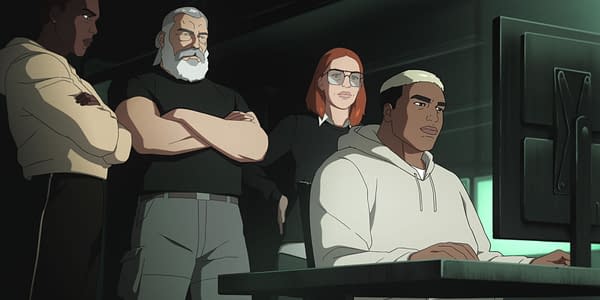
What was it like working with Derek Kolstad on the creative side of things and bringing his vision to life?
It was great. We worked essentially through the intermediary of my producer, Hugo [Revon] from Ubisoft. Hugo connected us for all the writing of the series. Derek and I got along well. When I got the very early material that he produced, it was Derek's vision was very clear for what he wanted to do. I felt that it was a quite compelling and interesting way to approach Sam Fisher as well for this series. What I liked the most about his work was the element of nostalgia and the past that connects what we know of Sam Fisher and what we're discovering in the series, which happens about ten years later. I would say it's complementary to work together.
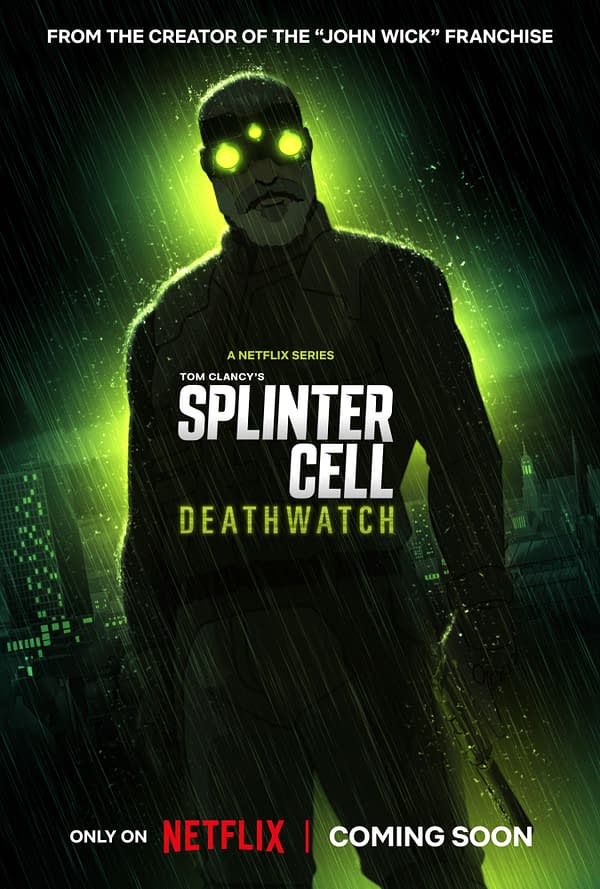
Renewed for a second season, Splinter Cell: Deathwatch, which also features the voices of Janet Varney, Helen Hong, Joel Oulette, Kari Wahlgren, Aleks Le, Kiff VandHeuvel, Bella Dayne, Navid Negahban, and JB Blanc, is available on Netflix.






